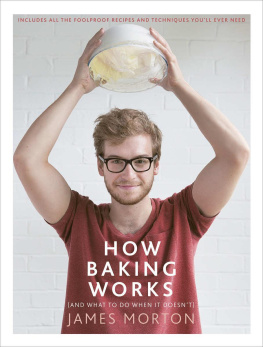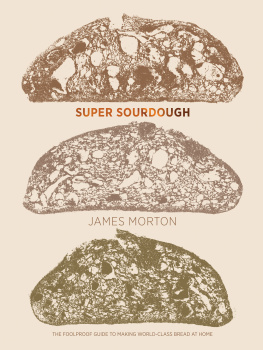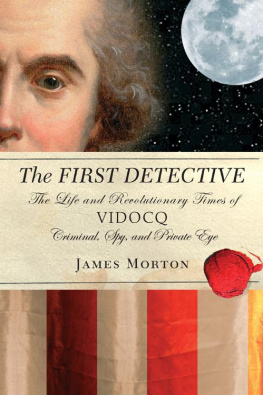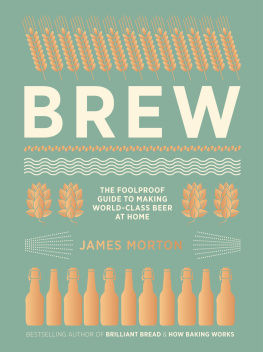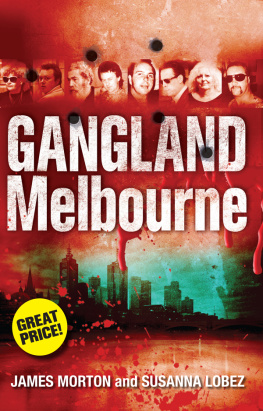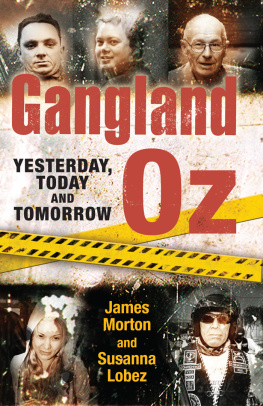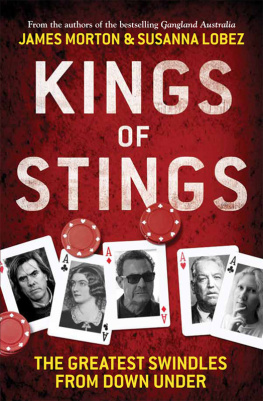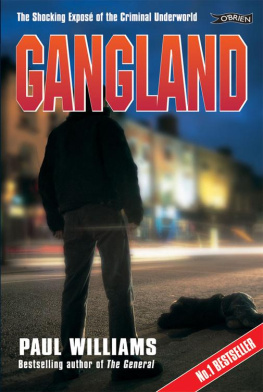1
Founding Fathers
Although many of those transported to Australia in the eighteenth and nineteenth centuries were politicals and general riff-raff, there were some high-class English criminals among them. It is hardly surprising, therefore, that from the early years Sydney had a ready-made criminal class. Since neither prison nor any other method of punishment, let alone transportation, necessarily prevents recidivism, its members swung into operation almost on landing.
Perhaps the first organised crime worthy of the name in Sydney, still effectively one enormous prison, was the 1828 Bank of Australia robbery. The bank, founded two years earlier, and standing between a private home and a public house on George Street, was regarded as socially superior to the Bank of New South Wales, which had been in existence for a decade.
The plot to rob the bank seems to have been devised by former convict James Dingle, who had obtained his Certificate of Freedom the previous year. He decided there must be a way of tunnelling into the vault through a drain under George Street, and put the plan to George Farrell, who in July 1826 had been charged with robbing a man and had received the relatively lenient sentence of working in irons for three months. Thomas Turner, a cleanskin, was recruiteda great benefit, given he worked on the construction of the banks premisesand tools were supplied by the former London safebreaker William Blackstone, known as Sudden Solomon, who worked for a blacksmith.
The team decided the digging should be done on Saturday nights; it began on 30 August. Turner, who as a former construction worker on the bank would have been a prime suspect, withdrew after the first nights work, but it was agreed that, as he had provided details of the premises, he should still receive a share in the proceeds. He was replaced by a man named Clayton.
Around 11 a.m. on 15 September they finally removed the cornerstone nearest the street and the smallest of them, Farrell, went in and brought out two boxes. They returned on the Sunday night and the result was probably beyond the teams wildest dreams. By the time they emptied the vault they had taken a total of 14 500 pounds. They also destroyed the banks ledgers. An immediate reward of 100 pounds was posted , then upped to 120 pounds and, when neither produced a response, the governor, Sir Ralph Darling, offered an absolute pardon and a free passage to England to the man or woman who provided information.
As robbers have found over the centuries, it is the disposal of the proceeds that is sometimes the hardest part of the work. There was no way that passing a fifty pound note, of which 100 had been taken, would not attract attention. Anything over five pounds would cause serious problems. Similarly, bills could not be paid with handfuls of silver. And so, just as many other robbers have done in their time, Blackstone negotiated with a receiver, Thomas Woodward.
Woodwards terms were not onerous. He was given 1133 pounds and told Blackstone that he would pay back 1000 pounds in smaller denominations once he had obtained them. Yet again, as many have found to their cost, receivers are not always reliable. The pair went to the Bank of New South Wales. In a classic example of the rort known as the corner game, Woodward told Blackstone to wait outside, then disappeared through a side door.
Some months later Blackstone tried to rob a gambling den in Macquarie Street and was shot and wounded by a policeman who saw the raid. His colleague on the robbery was killed and Blackstone was sentenced to death, a penalty that was commuted to life imprisonment. He was sent to the feared penal settlement on Norfolk Island where unsurprisingly, he disliked the conditions and so in 1831 he decided to shelve his mates from the Bank of Australia job, something which might mean his freedom and return to England. Meanwhile he was lodged on the prison ship Phoenix.
Blackstone did not tell the whole story. Clayton was not arrested; Dingle and Farrell were charged with breaking and entering, and the now retrieved Woodward with receiving. They appeared on 10 June 1831 and, tried under English law, were convicted on Blackstones evidence. This presented a difficulty. As Blackstone had been convicted of a capital crime, in theory his evidence was inadmissible. The Appeal Court for the first time broke away from the English rules of evidence and, by a two-to-one majority, decided that the law was not applicable in New South Wales. Had it been, no one would ever have been convicted. Dingle and Farrell received a very lenient ten years apiece and the cheating Woodward received fourteen years.
Blackstone did not learn from his experiences. In July 1832 he was acquitted of stealing a gun lock but in February the next year, shortly before he was due to be shipped back to England, he was caught breaking into a warehouse and received another sentence of transportation for life. His co-defendant, Thomas McGrath, was shown a great deal more mercy. He received only seven years transportation because, said the Chief Justice, he was a youth and they [the court] hoped that the lesson of that day would not be forgotten during his future life. In 1839 Blackstone was sent to Cockatoo Island, and was released in December the following year. Back in Sydney he continued to commit a series of offences and receive relatively short sentences until his death on St Patricks Day 1850. The Bank of Australia never recovered its money or its status and folded in 1843.
* * *
By the 1880s clear divisions had been established in the hierarchy of Sydney crime. Amateur, opportunistic thieves, such as domestic servants, used pawnbrokers as the preferred method of disposing of stolen goods. Provided the pawnbroker kept a set of books, and not too many fenced items were recorded in themand, of course, the stolen goods pawned were never redeemedthere was a measure of a defence if he was charged with receiving. The professional thief went to a professional fence, whose shop had a sign Gold and Silver Bought or Wardrobes Purchased. In the back room there would be a crucible maintained at white heat. One observer noted: People go into that room as freely as if it was a public house parlour and empty their pockets of gold and silver, jewellery and plate into their separate crucibles where they are speedily reduced to ingots. Watches were sent abroad .
Just as the American ethnic street gangs of today broadly divide themselves into supporters of either the Crips or the Bloods, in the early 1870s the Sydney pushes, as the gangs were known, divided on religious lines. The Rocks Push (then under the leadership of Sandy Ross), the Gibbs Street Mob and the Glebe Island Boys all broadly supported the Oranges or Protestants. The Greens or Catholics were led by Larry Foley.
The pushes lived on a steady diet of theft, assaults and rolling sailors, using their girls as decoys as well as prostitutes. When the whalers and grain carriers left harbour the pushes amused themselves by attacking anyone foolish enough to stray into the Rocks and by fighting among themselves.
In March 1871 Larry Foley challenged the heavier, older and taller Ross for leadership of the Rocks Push. The fight lasted for some two hours forty minutes before it was broken up in the seventy-first round by the police. One account has it that Ross recognised at the time that he was badly beaten and handed the leadership to Foley. Another is that Rosss backer was dissatisfied and there was a 200-pounds-a-side rematch, which Foley won handily in twenty-eight minutes. There is, however, agreement that Foley became leader of the Rocks Push, with Ross as his first lieutenant. By some accounts he tried to stop the practice of living off immoral earnings but he failed and, now sponsored by local sportsmen, left the Rocks Push. Eight years later he was the undisputed bare-knuckle champion of Australia after defeating Melbournes Abe Hicken in sixteen rounds on 18 March.


